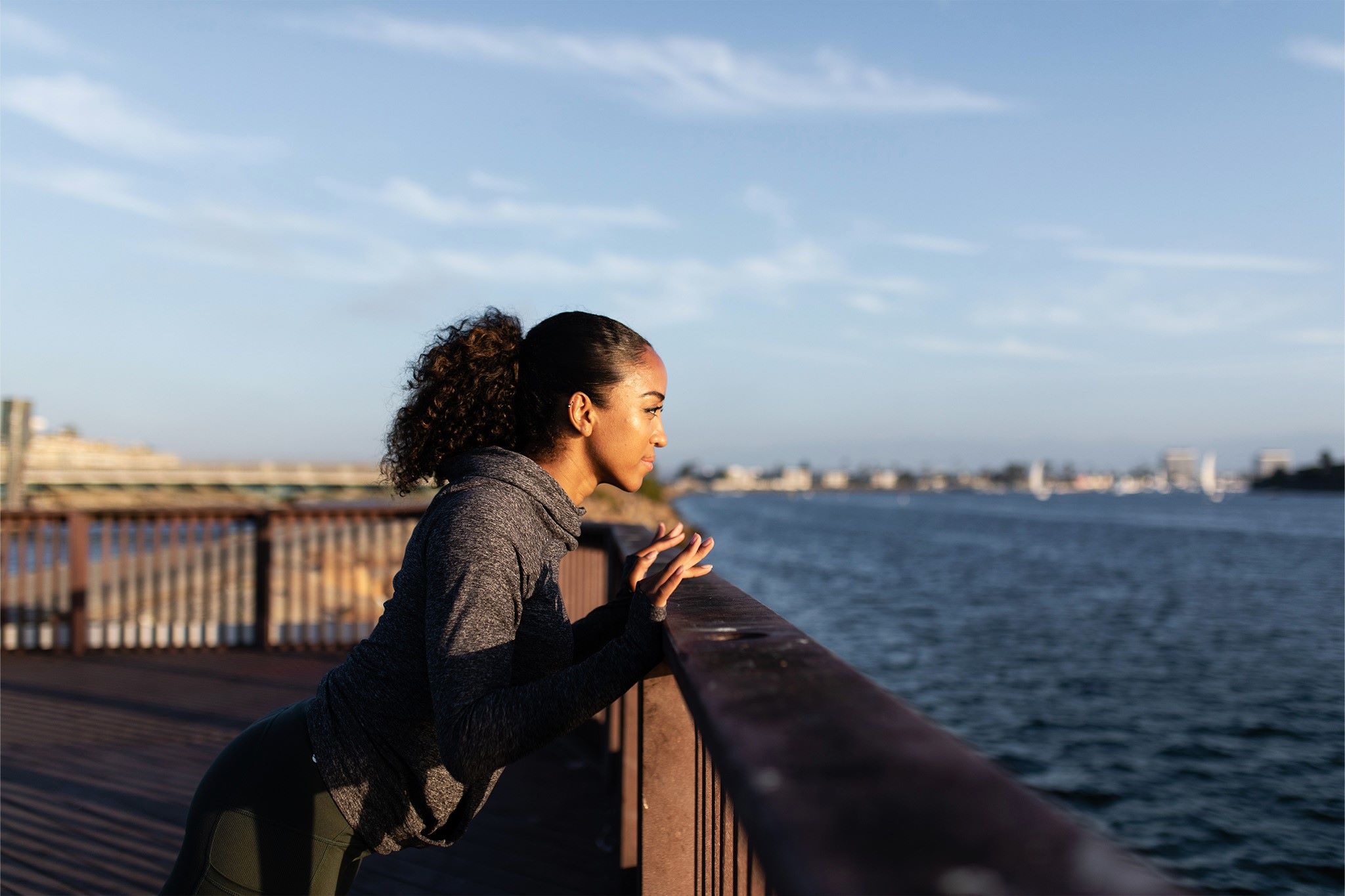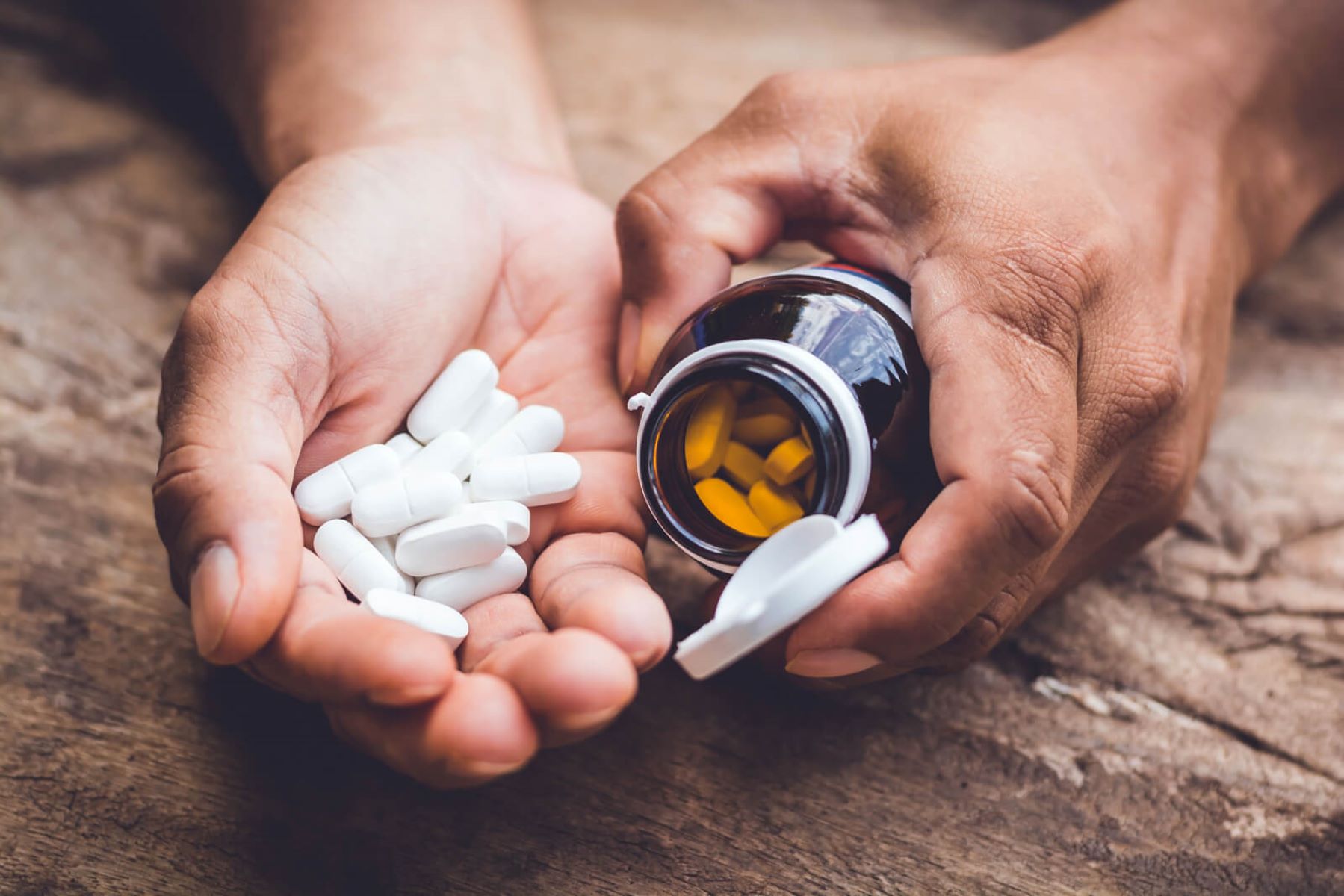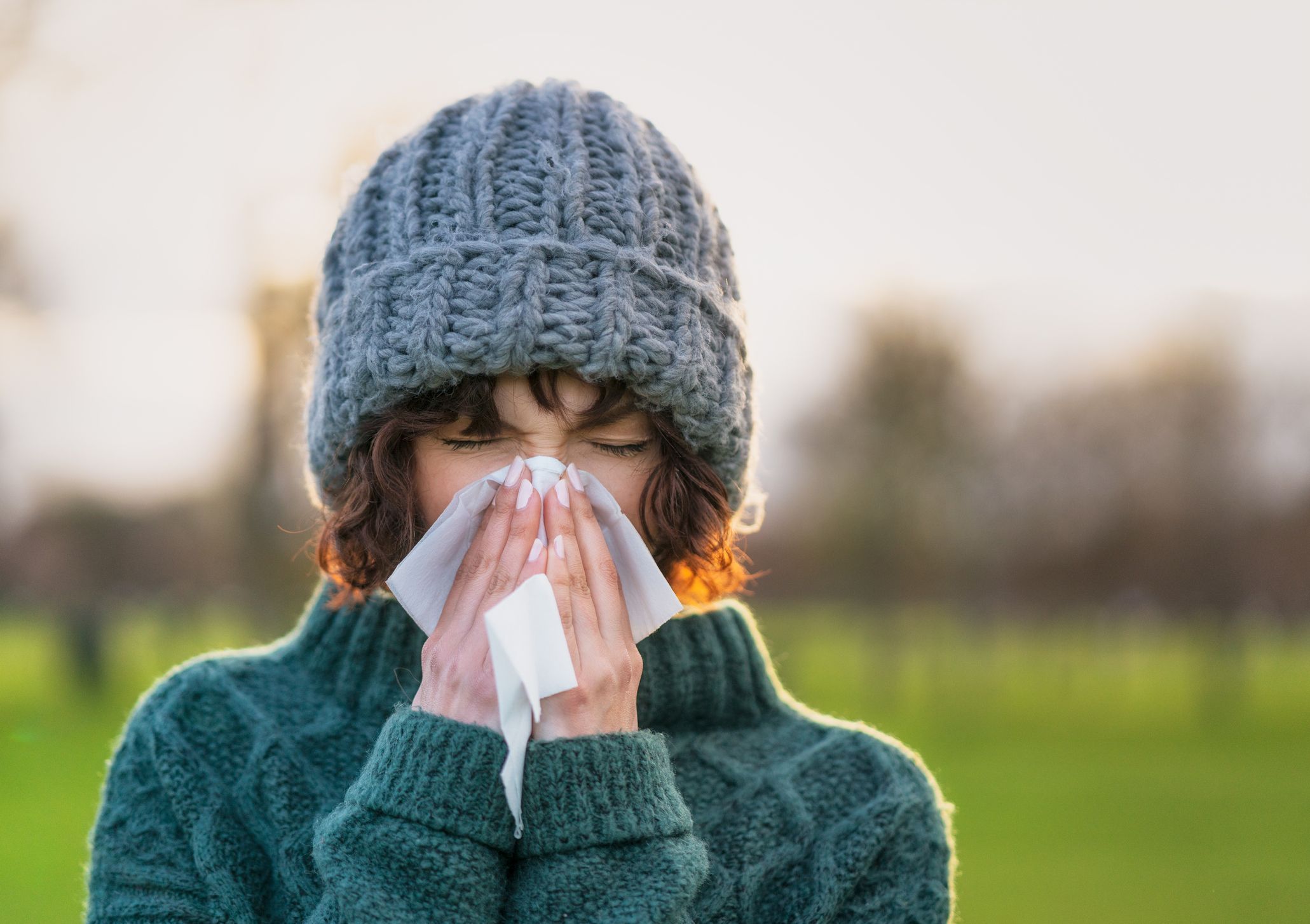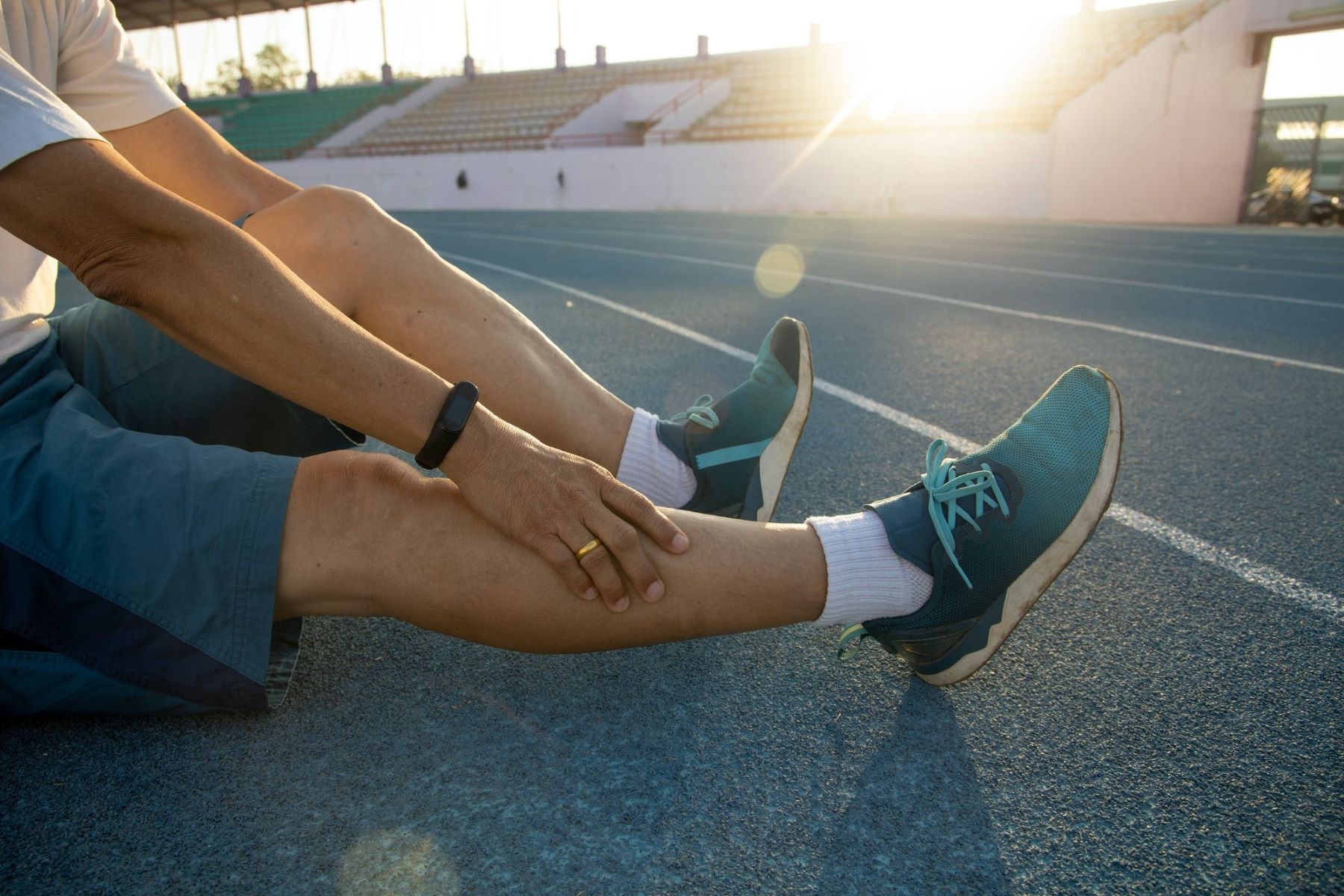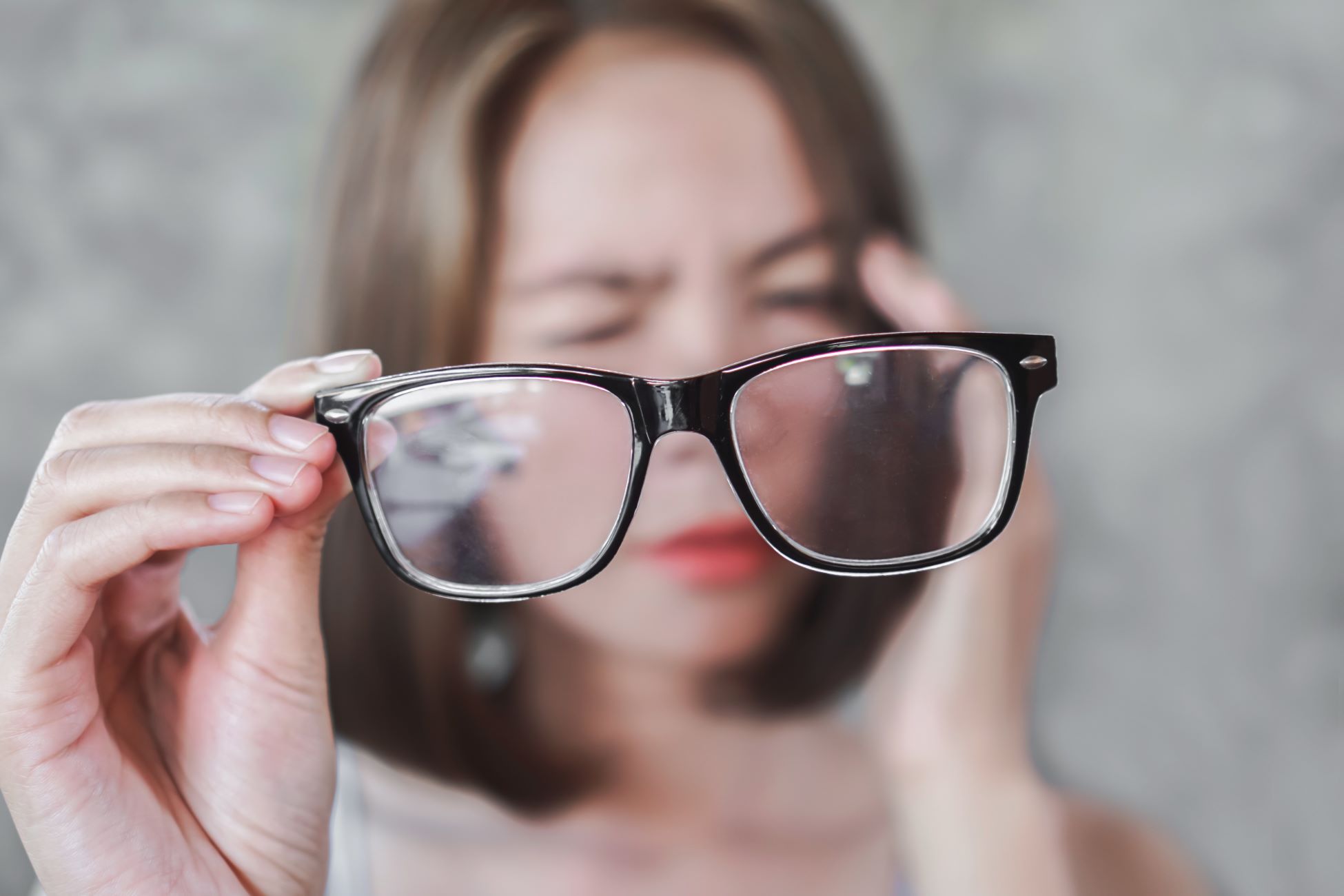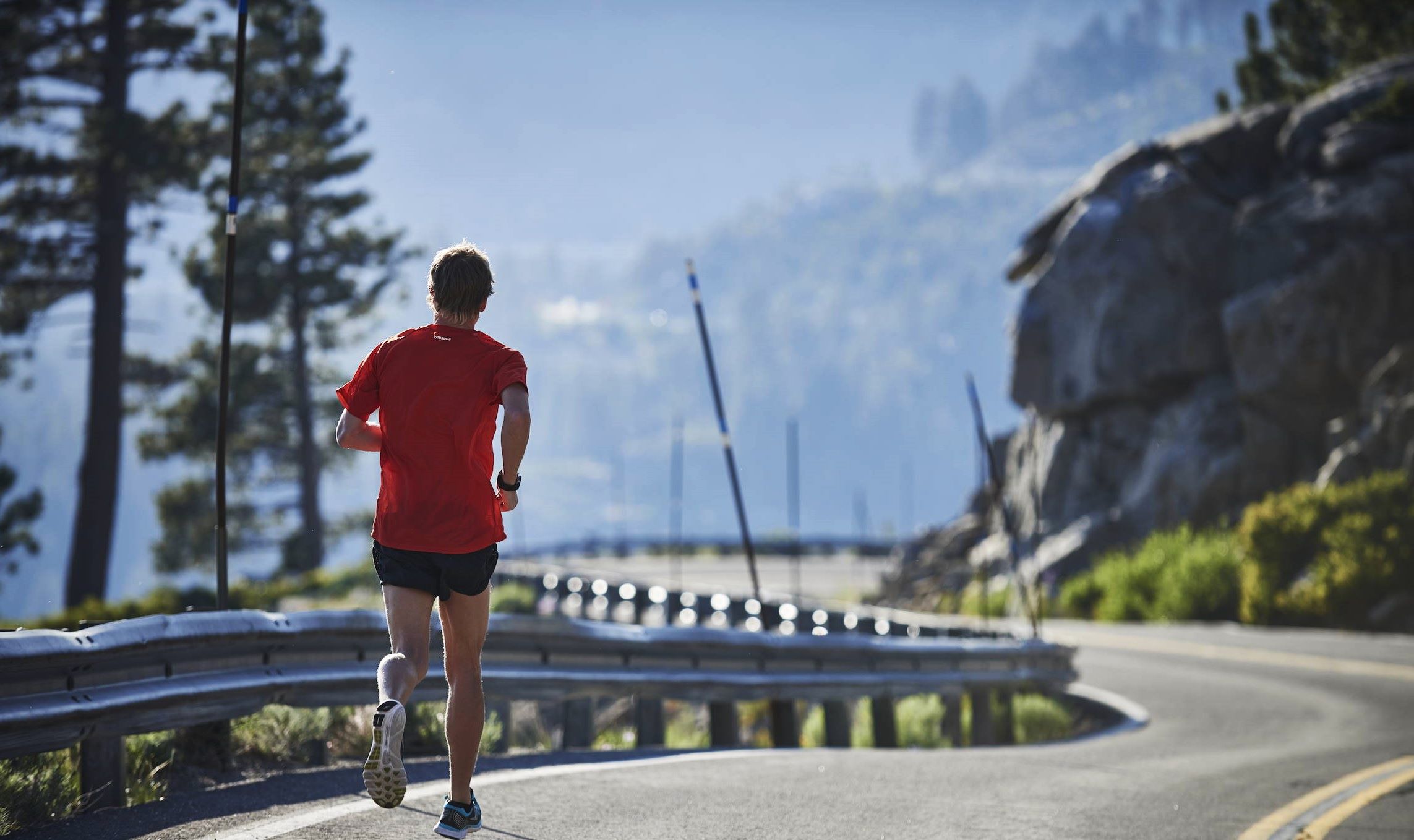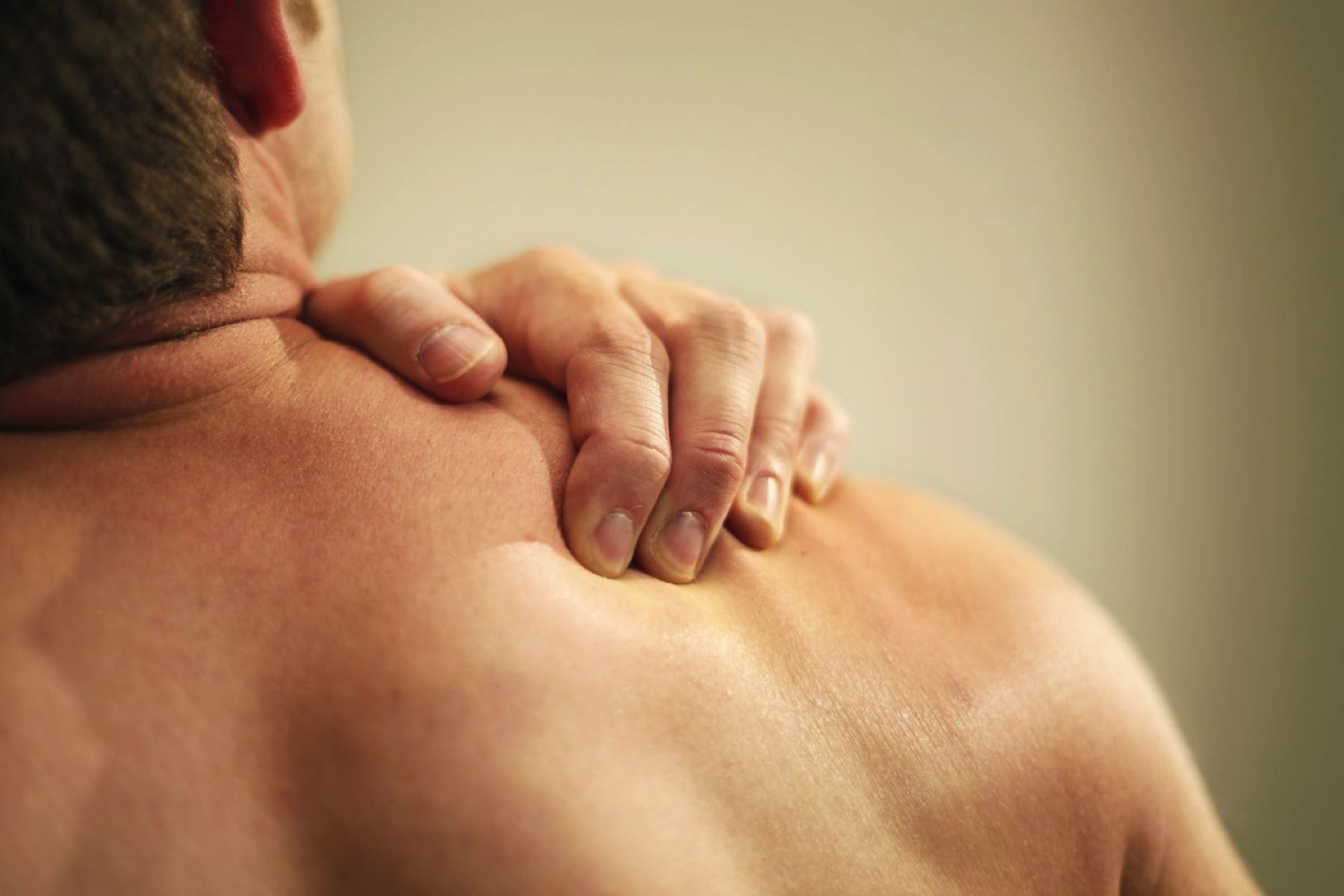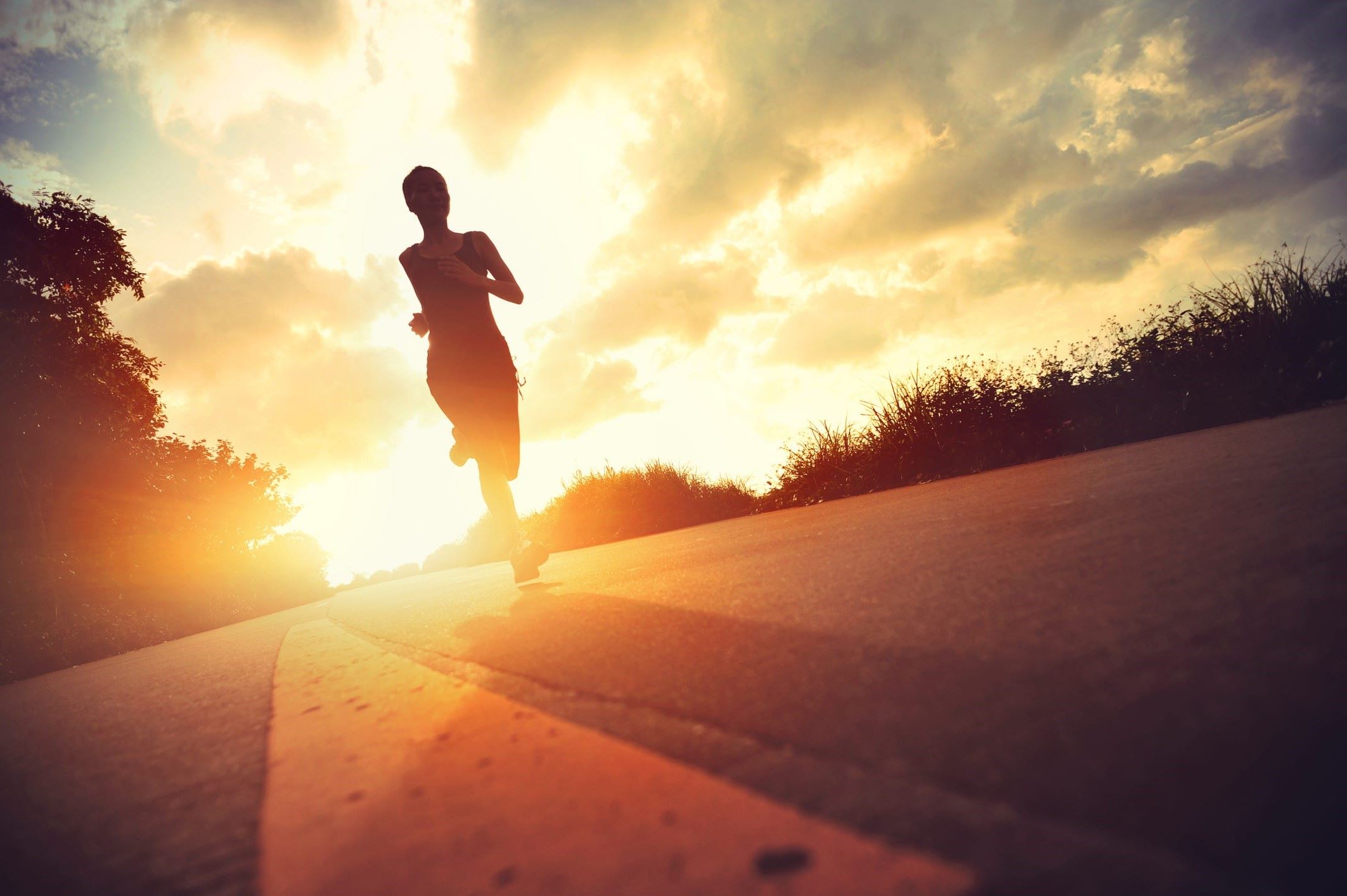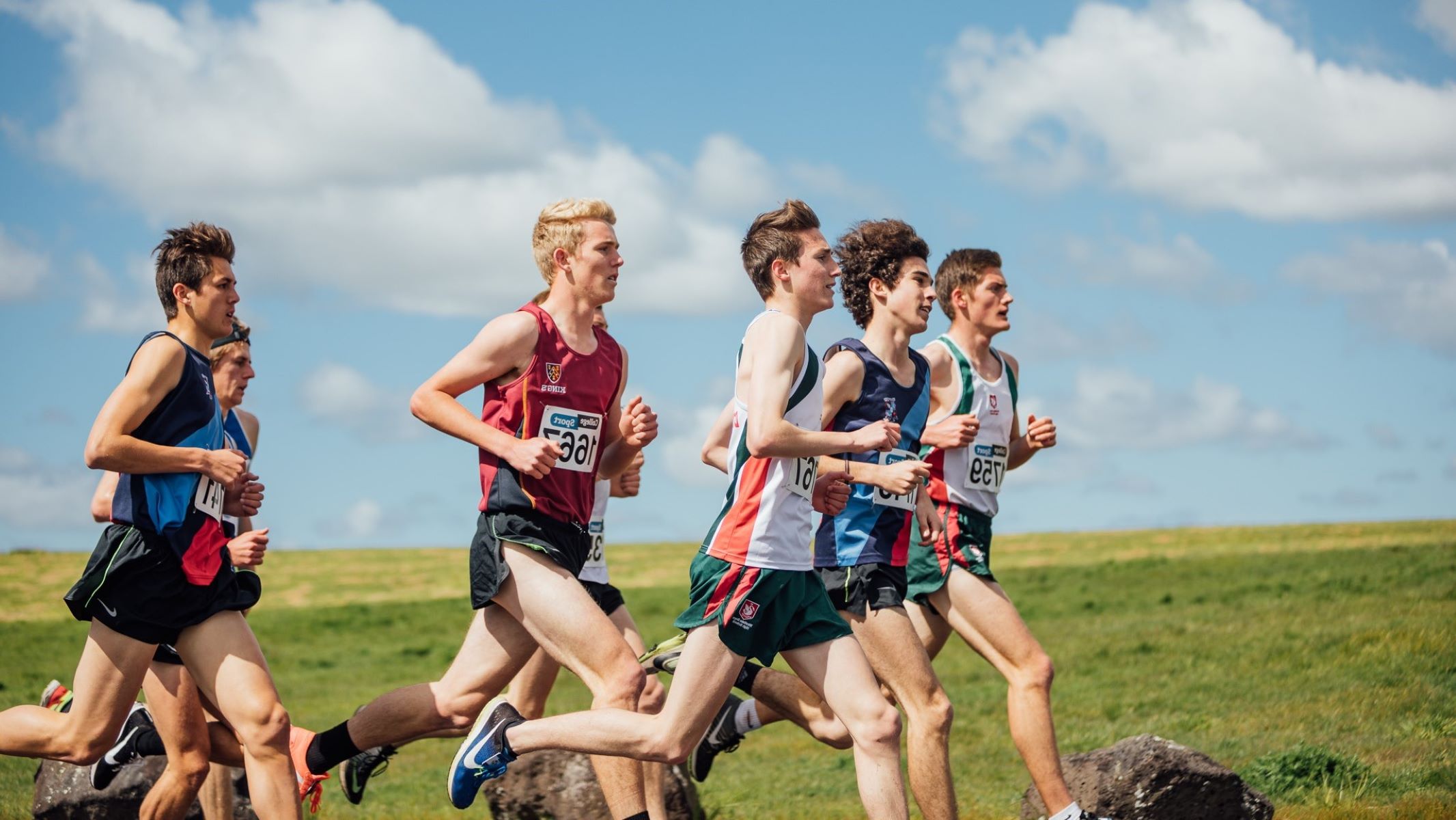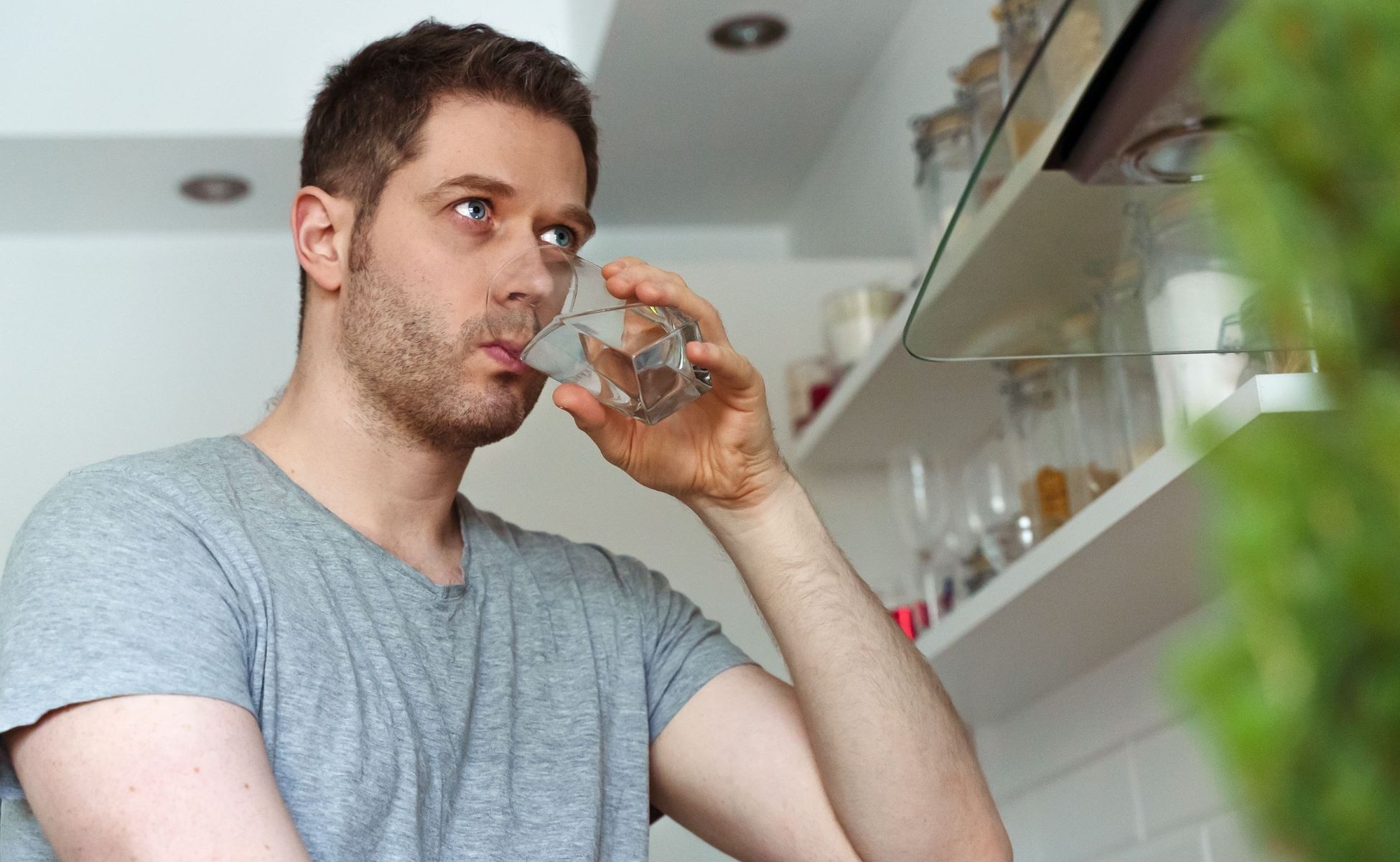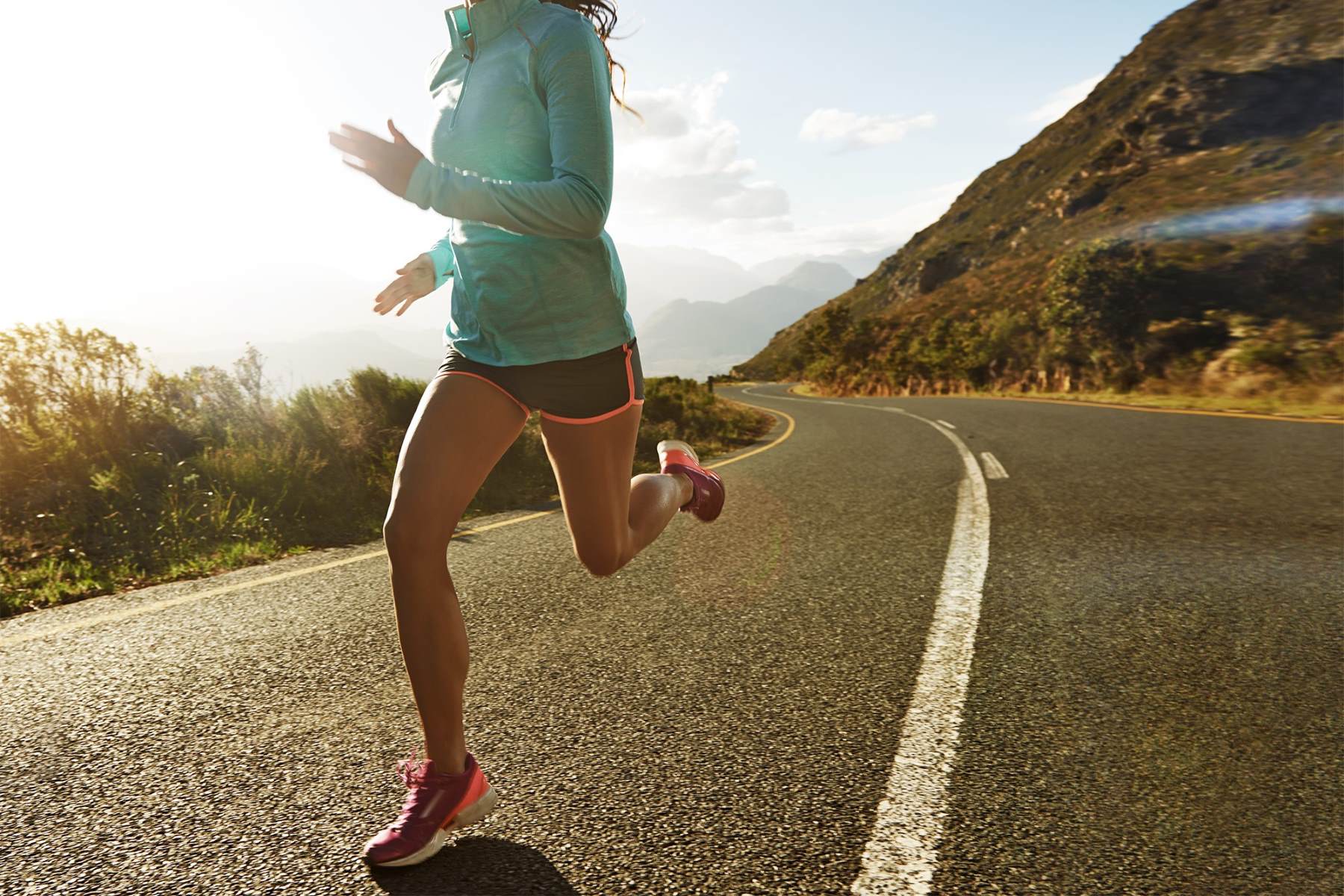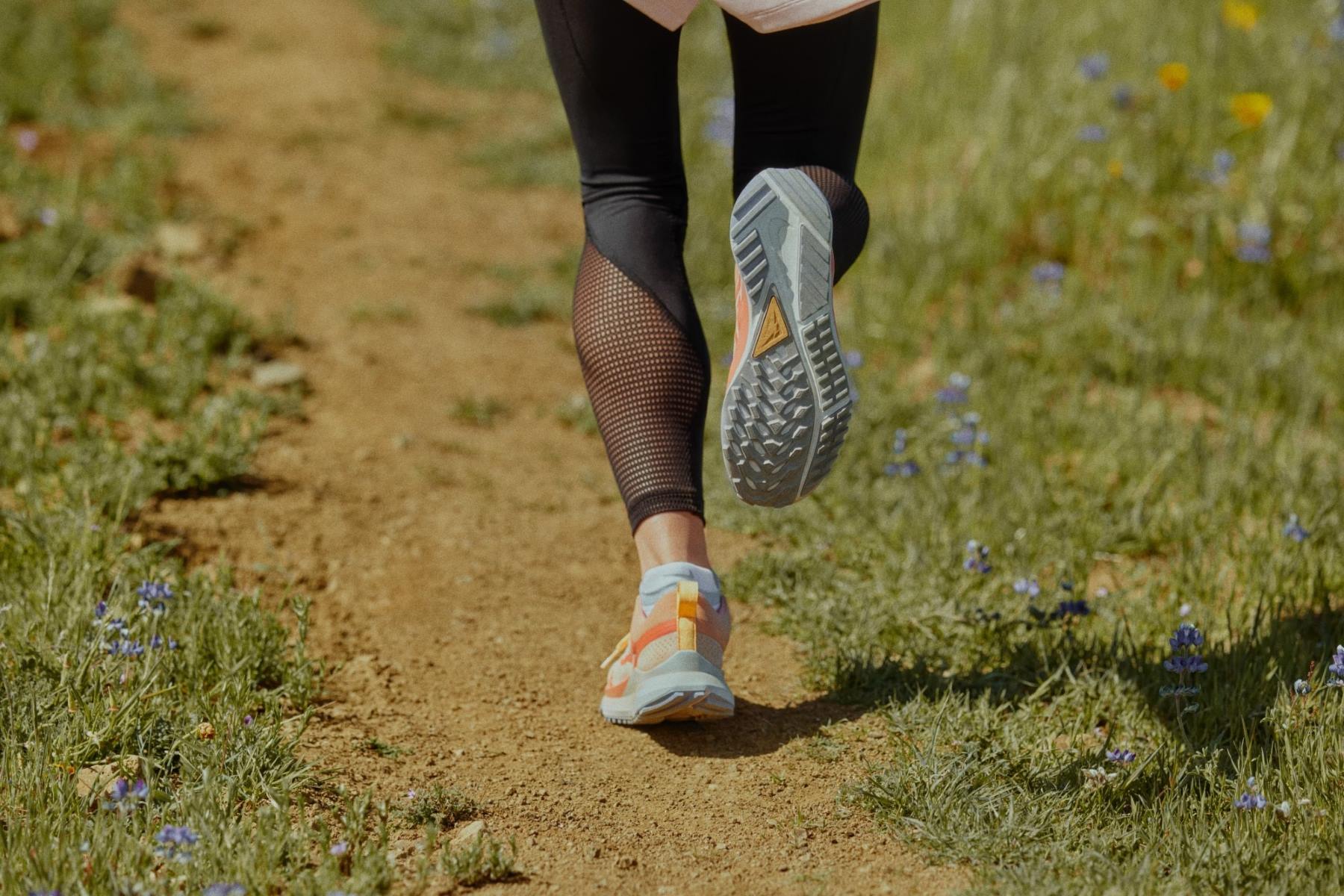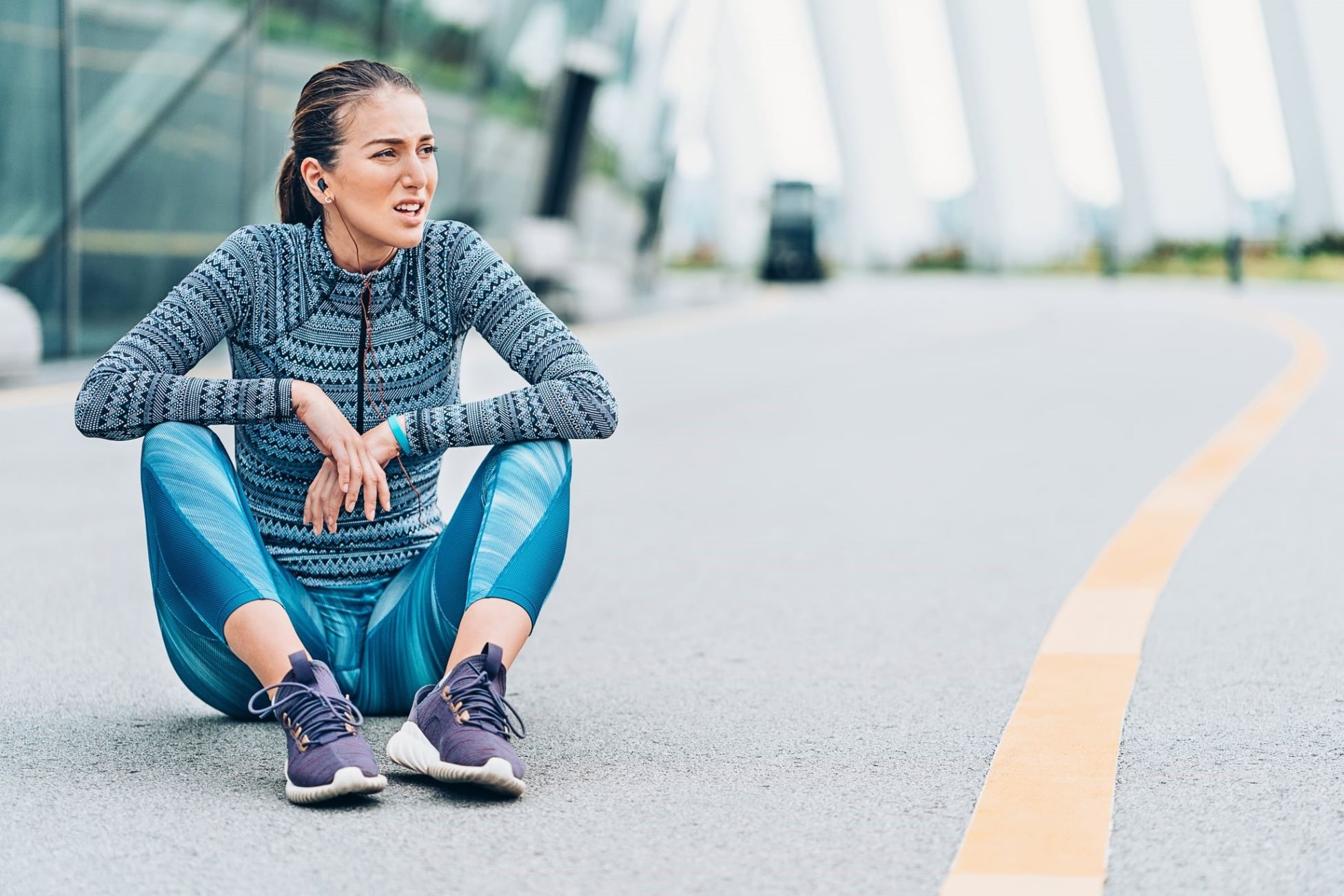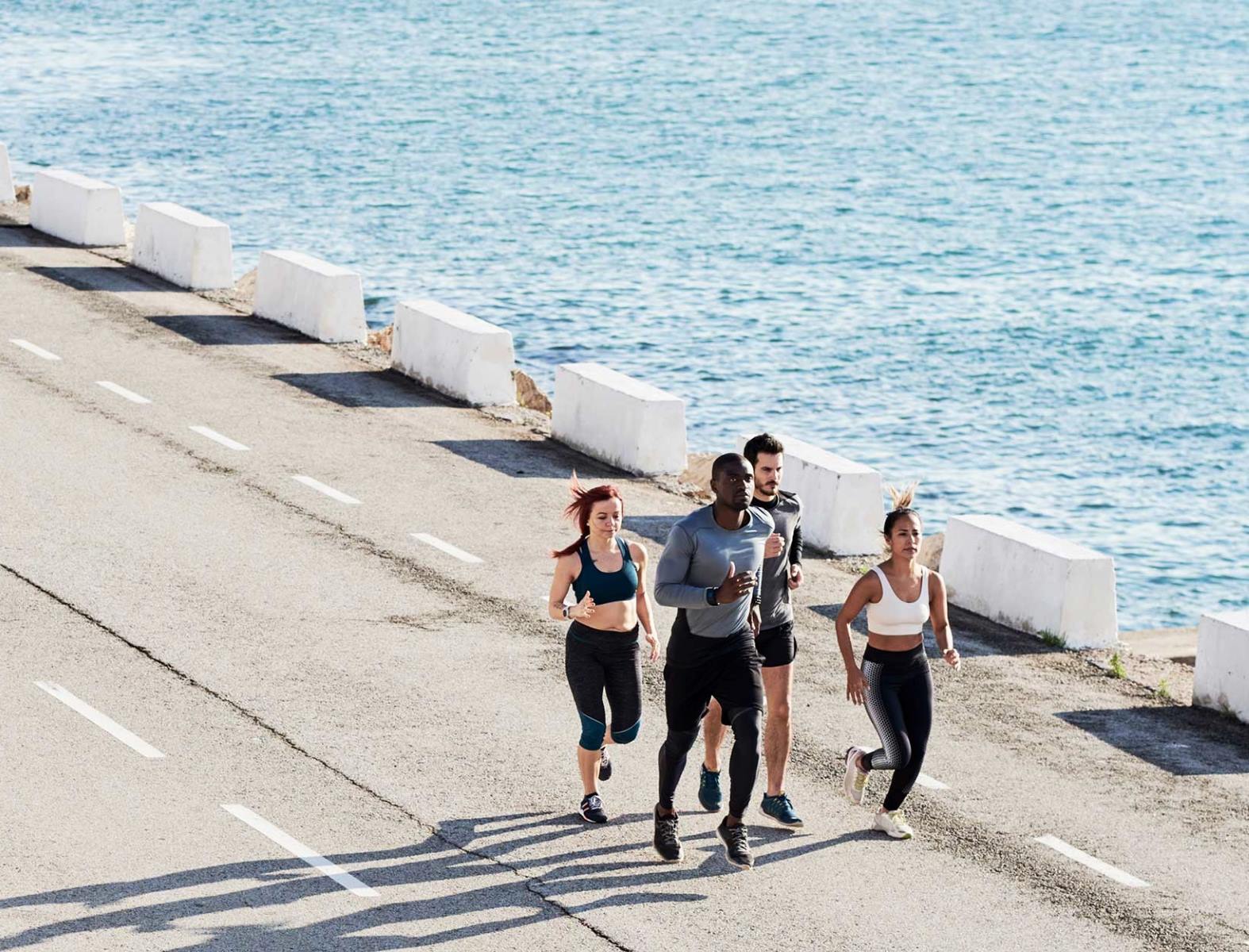Home>Health & Nutrition>What Causes Chills After Taking A Shower Following A Run?
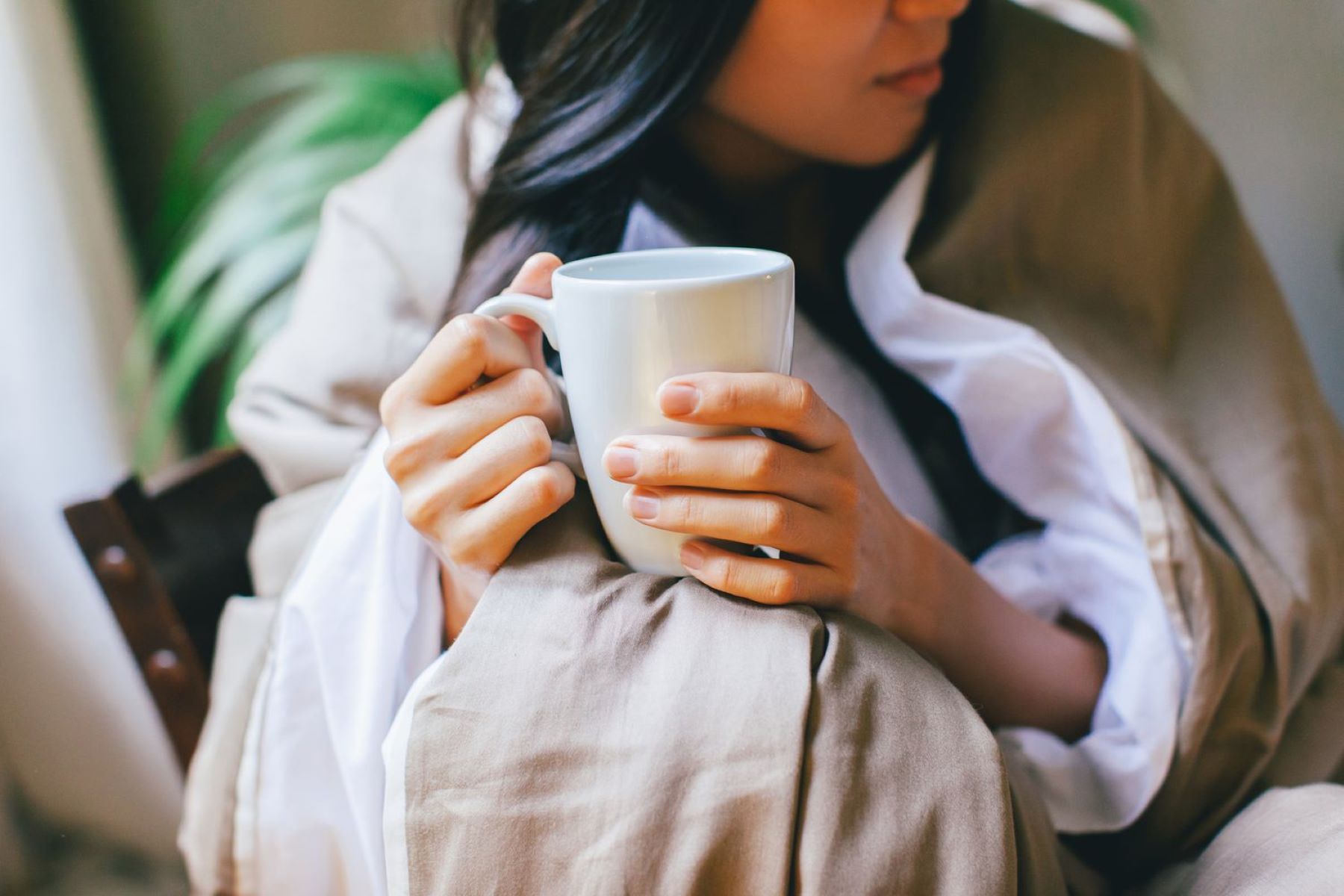

Health & Nutrition
What Causes Chills After Taking A Shower Following A Run?
Published: February 20, 2024
Discover the reasons behind post-run chills after a shower and learn how to maintain optimal health and nutrition for your body's recovery. Explore expert insights now!
(Many of the links in this article redirect to a specific reviewed product. Your purchase of these products through affiliate links helps to generate commission for Therunningadvisor.com, at no extra cost. Learn more)
Table of Contents
Understanding the Body's Response to Temperature Changes
The human body is a marvel of biological engineering, equipped with intricate mechanisms to regulate its internal temperature in response to external environmental changes. When the body is exposed to variations in temperature, it initiates a series of physiological responses to maintain homeostasis and ensure optimal functioning.
One of the primary ways the body responds to temperature changes is through the process of thermoregulation. This complex mechanism involves the coordination of various bodily systems to adjust to external temperature fluctuations. When the body is exposed to heat, such as during physical exertion or exposure to warm environments, it activates mechanisms to dissipate excess heat and prevent overheating. Conversely, when the body encounters cold temperatures, it employs strategies to conserve heat and maintain a stable internal temperature.
The skin, being the body's largest organ, plays a pivotal role in the regulation of body temperature. Through a process known as vasodilation, the blood vessels near the skin's surface expand in response to heat, allowing for increased blood flow and heat dissipation. This physiological response facilitates the transfer of heat from the body's core to the skin, promoting cooling.
Conversely, in colder conditions, the body engages in vasoconstriction, wherein the blood vessels near the skin constrict to reduce blood flow and minimize heat loss. This constriction helps to conserve heat and maintain the body's core temperature, thereby preventing hypothermia.
Furthermore, the body's ability to regulate temperature is closely linked to its production of sweat. When the body becomes overheated, such as during exercise or exposure to high temperatures, sweat glands are activated to produce perspiration. As the sweat evaporates from the skin's surface, it effectively dissipates heat, contributing to the body's cooling process.
In essence, the body's response to temperature changes is a finely orchestrated symphony of physiological adaptations aimed at preserving internal equilibrium. By understanding these intricate mechanisms, we gain insight into the remarkable ways in which the human body maintains its temperature balance in the face of varying environmental conditions.
The Role of Sweat and Evaporation in Cooling the Body
Sweat, often underappreciated, is a remarkable product of the body's thermoregulatory system. When the body's internal temperature rises, such as during physical activity or exposure to heat, sweat glands are activated to produce perspiration. This process is a vital component of the body's cooling mechanism, as the evaporation of sweat from the skin's surface plays a pivotal role in dissipating excess heat and maintaining optimal temperature levels.
The production of sweat is a dynamic and finely tuned process. As the body's internal temperature increases, whether due to strenuous exercise or environmental factors, the brain's hypothalamus, the body's internal thermostat, signals the sweat glands to become active. These glands, distributed across the skin, release a watery fluid onto the skin's surface, which subsequently evaporates into the surrounding air.
The evaporation of sweat is where the magic happens. As the liquid sweat transitions into a gaseous state, it absorbs heat from the skin, effectively cooling the body. This process is akin to nature's own air conditioning system, allowing the body to release excess heat and prevent overheating.
Moreover, the efficiency of sweat evaporation is influenced by environmental factors such as humidity and airflow. In humid conditions, where the air is already saturated with moisture, the evaporation of sweat is less effective, impeding the body's cooling process. Conversely, in drier environments with adequate airflow, sweat evaporation occurs more readily, facilitating efficient heat dissipation.
It's fascinating to consider that the simple act of sweating is a testament to the body's remarkable adaptability and resilience. Through the intricate interplay of sweat production and evaporation, the body adeptly navigates temperature fluctuations, ensuring that its internal environment remains conducive to optimal functioning.
In essence, sweat and evaporation are integral components of the body's thermoregulatory system, working in harmony to facilitate the dissipation of heat and maintain the body's temperature equilibrium. By appreciating the significance of sweat in cooling the body, we gain a deeper understanding of the intricate mechanisms that underpin the body's ability to adapt to varying environmental conditions.
Potential Causes of Chills After Exercising and Showering
After engaging in vigorous physical activity, such as running, the body undergoes a series of complex physiological changes to accommodate the increased demand for energy and oxygen. As the body heats up during exercise, it relies on mechanisms such as sweat production and vasodilation to dissipate excess heat and maintain a stable internal temperature. However, the post-exercise period, particularly when followed by a shower, can sometimes lead to the experience of chills. Several factors may contribute to this phenomenon, shedding light on the potential causes of chills after exercising and showering.
-
Rapid Cooling: Following a strenuous workout, the body's core temperature remains elevated, and the skin continues to release heat through sweat evaporation. When an individual transitions from exercise to a cool environment, such as a post-run shower, the rapid exposure to cooler temperatures can lead to a sudden drop in skin temperature. This swift cooling effect may trigger a physiological response, causing the body to shiver in an attempt to generate heat and counteract the perceived temperature decrease.
-
Evaporative Cooling: The act of showering after exercise introduces an additional element of evaporative cooling. As water makes contact with the skin, it facilitates the evaporation of residual sweat, further contributing to the body's cooling process. This compounded effect of evaporative cooling, coupled with the existing heat loss mechanisms from exercise, can create a scenario where the body perceives a significant drop in temperature, potentially leading to chills.
-
Hydration Status: Dehydration, often prevalent after intense physical activity, can impact the body's thermoregulatory capabilities. Inadequate fluid intake during and after exercise can compromise the body's ability to regulate temperature effectively. When an individual with depleted fluid levels takes a cool shower post-exercise, the combination of reduced hydration and the cooling effect of the water may exacerbate the sensation of chills.
-
Fatigue and Energy Depletion: Intense exercise can deplete the body's energy stores and lead to a state of fatigue. Following a demanding run, the body may be in a heightened state of exhaustion, and the sudden transition to a cool shower can further amplify feelings of fatigue and discomfort. This compounded physical strain may manifest as chills, as the body grapples with the dual challenges of temperature adjustment and energy restoration.
-
Individual Variability: It's important to recognize that individual responses to post-exercise cooling can vary widely. Factors such as an individual's baseline metabolic rate, fitness level, and sensitivity to temperature changes can influence the likelihood of experiencing chills after exercising and showering. Additionally, variations in body composition and thermal insulation may contribute to differences in how individuals perceive and respond to temperature fluctuations.
In essence, the experience of chills after exercising and showering is a multifaceted interplay of physiological, environmental, and individual factors. By understanding the potential causes underlying this phenomenon, individuals can adopt strategies to mitigate the likelihood of experiencing chills post-workout, thereby promoting a more comfortable and seamless transition from exercise to recovery.
Tips for Preventing Chills After Taking a Shower Following a Run
After a fulfilling run, the post-exercise period should ideally transition into a rejuvenating and comfortable recovery phase. To minimize the likelihood of experiencing chills after taking a shower following a run, several proactive measures can be employed to support the body's natural temperature regulation and enhance post-workout comfort.
Gradual Cooling
Instead of immediately stepping into a cool shower after a run, consider allowing the body to gradually cool down. Engaging in light stretching or gentle walking post-run can facilitate a gradual reduction in body temperature, allowing the body to acclimate to the shift from exercise-induced heat production to a state of relative rest. This gradual cooling approach can help mitigate the abrupt temperature differential that may contribute to post-shower chills.
Read more: 4 Common Causes Of Knee Pain After Running
Lukewarm Shower
Opting for a lukewarm shower temperature, as opposed to a cold or excessively hot setting, can aid in minimizing the shock to the body's thermoregulatory system. Lukewarm water provides a gentle cooling effect without eliciting an exaggerated response from the body's temperature control mechanisms. This moderate approach to shower temperature can support a smoother transition from exercise-induced heat to post-shower comfort.
Hydration Maintenance
Prioritizing hydration before, during, and after a run is crucial for supporting the body's thermoregulatory capabilities. Adequate fluid intake helps sustain optimal physiological function and aids in temperature regulation. By ensuring proper hydration levels, the body is better equipped to manage the cooling effects of a post-run shower, reducing the likelihood of experiencing chills due to dehydration-related temperature sensitivities.
Post-Run Attire
Choosing appropriate post-run attire can contribute to maintaining a comfortable body temperature during the transition to a shower. Opt for breathable and moisture-wicking clothing that facilitates the evaporation of residual sweat, allowing the body to naturally cool down without experiencing rapid temperature fluctuations. By supporting the body's natural cooling mechanisms through suitable attire, the potential for post-shower chills can be minimized.
Warm-Up Post-Shower
Following a shower, consider engaging in gentle movements or wrapping oneself in a warm towel to encourage the gradual restoration of body warmth. This post-shower warm-up approach can counteract the potential cooling effects of evaporation and help the body recalibrate its temperature without triggering a shivering response. By allowing the body time to readjust to its post-shower environment, the likelihood of experiencing chills can be reduced.
Incorporating these proactive strategies into post-run routines can contribute to a more comfortable and seamless transition from exercise to recovery, minimizing the risk of chills after taking a shower. By prioritizing gradual cooling, mindful shower temperatures, hydration maintenance, suitable attire, and post-shower warm-up practices, individuals can optimize their post-exercise experience and support the body's natural ability to regulate temperature effectively.

